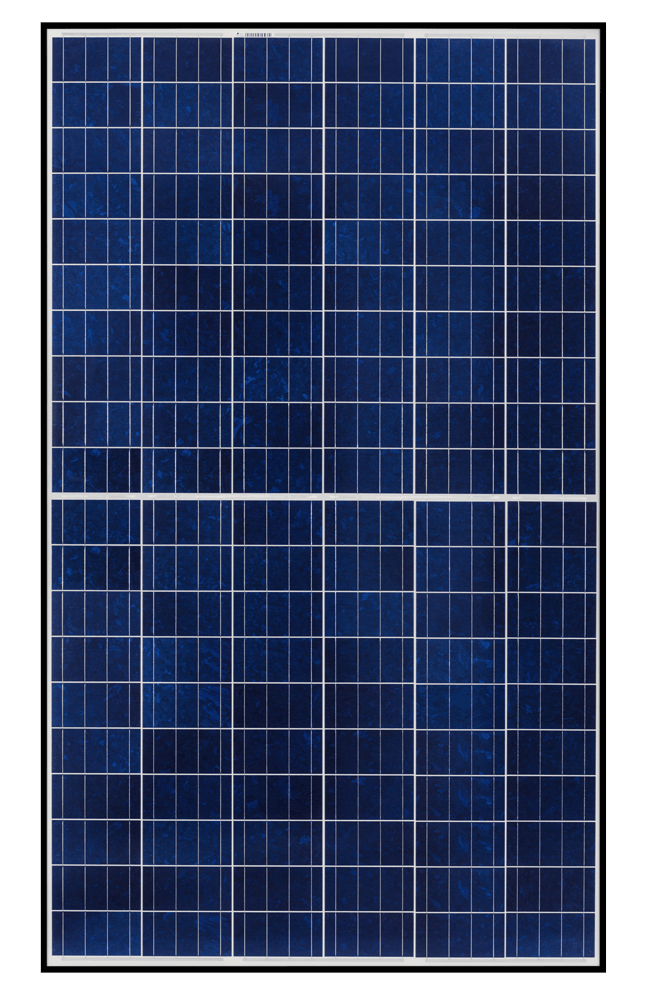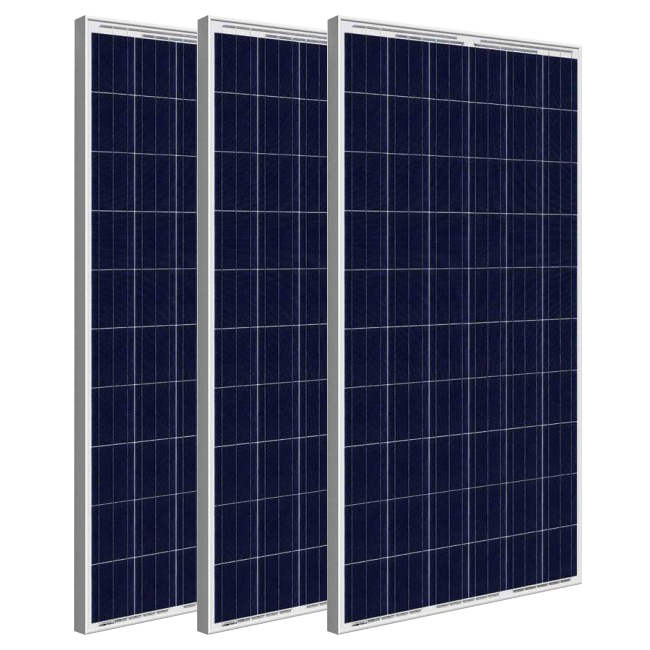Energy is one of the biggest recurring expenses for any household. Whether you’re trying to cut electricity costs, switch to renewable energy, or simply understand your consumption better, knowing how much energy your home really needs is the first step. In this guide, we’ll break down the process of estimating household energy requi
Energy is one of the biggest recurring expenses for any household. Whether you’re trying to cut electricity costs, switch to renewable energy, or simply understand your consumption better, knowing how much energy your home really needs is the first step. In this guide, we’ll break down the process of estimating household energy requirements in simple steps.

Before diving into numbers, it’s important to know why this calculation is useful:
Start with an inventory of everything in your home that consumes electricity, including:
👉 Tip: Don’t forget “hidden” loads like standby power from devices left plugged in.
Every appliance has a wattage rating (usually printed on the label or manual). For example:
If the rating is in kilowatts (kW), multiply by 1,000 to convert to watts.
Now, think about how many hours you use each device daily. For example:
Use this simple formula:
Energy (kWh) = Power (Watts) × Hours of Use ÷ 1000
Example:
Do this for each appliance, then add everything to get your total daily energy consumption.
Multiply your daily consumption by 30 (average days in a month).
For instance, if your daily total is 20 kWh, then:
20 × 30 = 600 kWh per month
This should roughly match your electricity bill’s “Units Consumed.”
While averages are useful, consider peak demand – the maximum power when multiple heavy appliances run at once. This matters if you’re:

Estimating your household energy needs doesn’t require complex tools—just a little math and awareness. Once you know your consumption patterns, you can make smarter choices about reducing costs, improving efficiency, and even moving toward sustainable energy solutions.